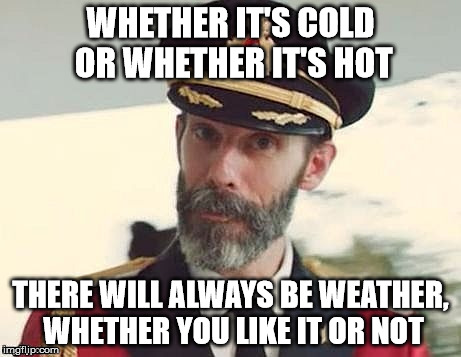The vocabulary in science can be difficult.
It’s an area where students tell me they have their greatest difficulties. Over the course of two years, grades 7 and 8, you will learn about 200 vocabulary words. Some of which you will probably never use outside a science classroom.
I get it and I’m trying to help.
One of the things science teachers are encouraged to do is to post the vocabulary words on the wall. I guess the thinking is, if they are in plain sight all the time, you will become accustomed to seeing them and feel more comfortable using them.
I do not think this is an effective way to teach vocabulary and I have evidence to support my opinion.
When I started to hang up the weather unit vocab words, I was seriously doubting the value of the word wall. So, I devised a simple test. I created a science-sounding word and hung it up with all the other legit vocabulary words.
Pandameter.
That’s my evidence. It’s my made-up, science-sounding word. I figured if I hung up a word we never learned, that sounded a little intriguing, then someone would ask.
Over the course of two months, with that word hanging near the center of my classroom…not one seventh grader asked about it. (Of course this may say something about the overall curiosity of this particular group of 7th graders, but that topic is for another blog post altogether)
The only person who ever did ask, was a sharp-eyed 8th grader, and none of the vocabulary words in the room had anything to do with what he was studying.
So, that’s the end of the word wall for me. Instead, I will continue to put vocabulary words on my Do Now’s and provide other ways to help you learn and use these very special words.
Wait, ’til next year….my favorite middle school vocab word is coming: syzygy






